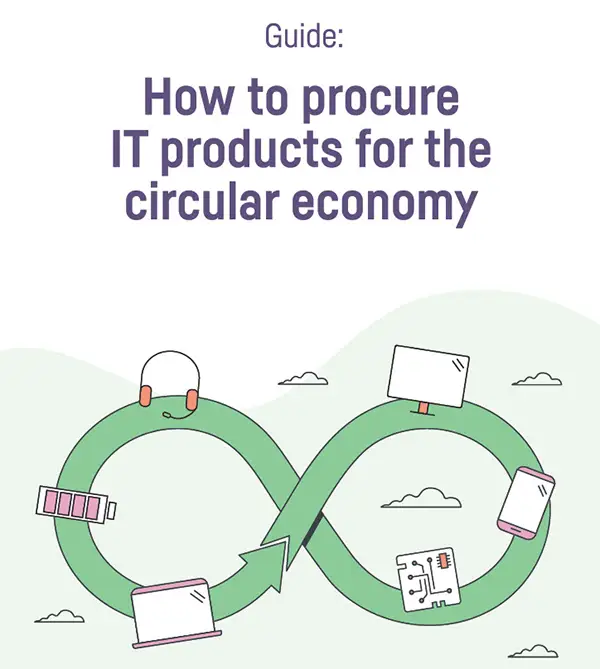Guide:
How to procure IT products for the circular economy
What to consider — practical advice that helps you succeed with circular IT.

Circular IT management reduces climate impact, e-waste levels and resource consumption. It can also save significant costs. However, to be able to use IT products in a circular manner, you need to set the right criteria in procurement.
In this free guide, we’re presenting five steps that help you go from plan to action, including:
